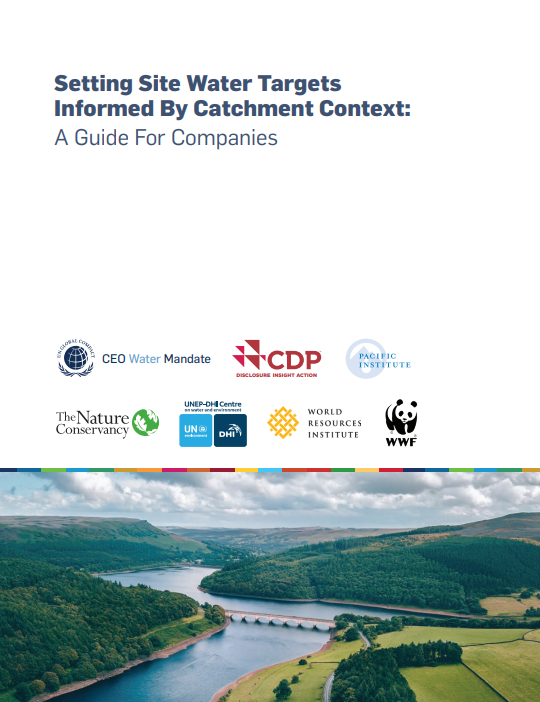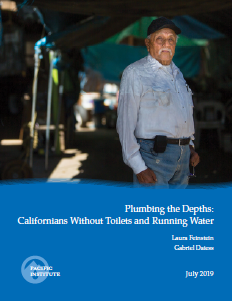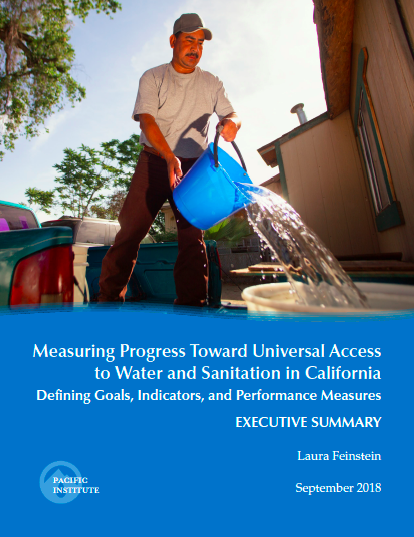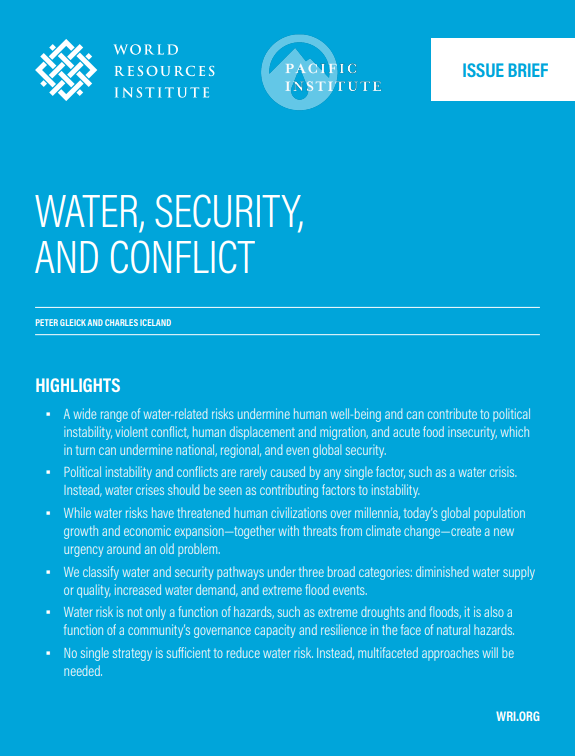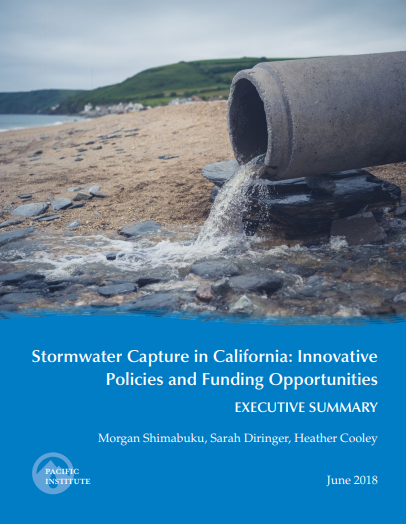1430 Resources


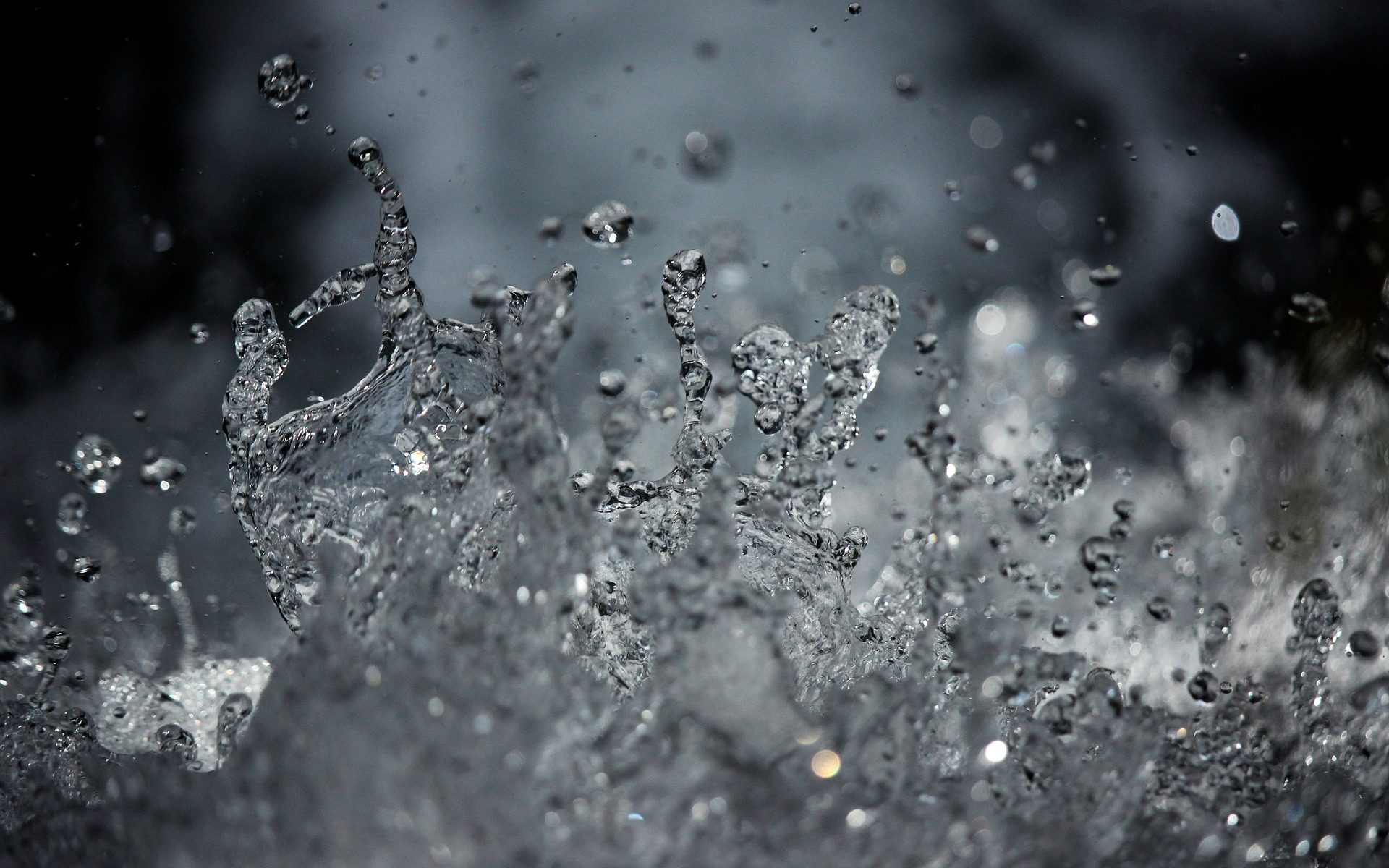

Economic Justice and the Green Economy
July 13, 2013 | post
Advancing sustainability entails developing economic strategies that preserve ecosystems, minimize and mitigate impacts on society, and address social disparities and injustice. Jobs and wealth are intimately entwined with the use of water, other natural resources, and local populations.




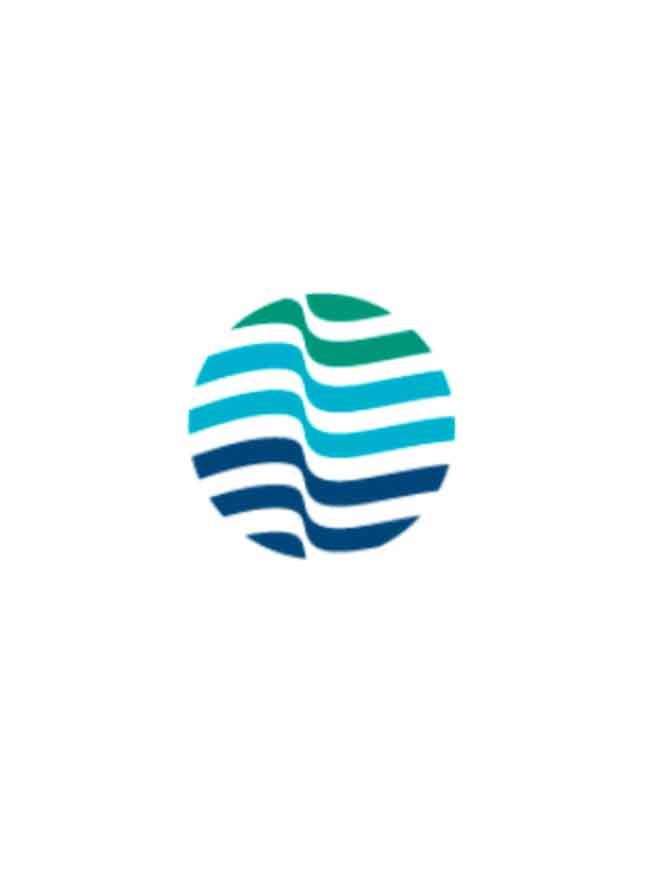
Water Rates: Communication and Education – Issue Brief
June 30, 2013 | publication
All water service providers must periodically correspond with their customers as well as state and local decision makers. In times of emergency messages can help customers understand what to expect next and when disrupted service might be restored. But regular communication in non-emergency periods is also necessary.






National Geographic ScienceBlogs: Syria, Water, Climate Change, and Violent Conflict
June 14, 2013 | post
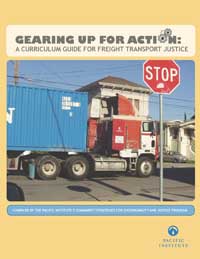
Gearing Up for Action: A Curriculum Guide for Freight Transport Justice
June 6, 2013 | publication
The Pacific Institute’s freight transport justice advocacy work sought to reduce the adverse health impacts of freight transportation on low-income neighborhoods of color closest to freight transport hubs, and to increase the share of the benefits that residents of these communities enjoy.
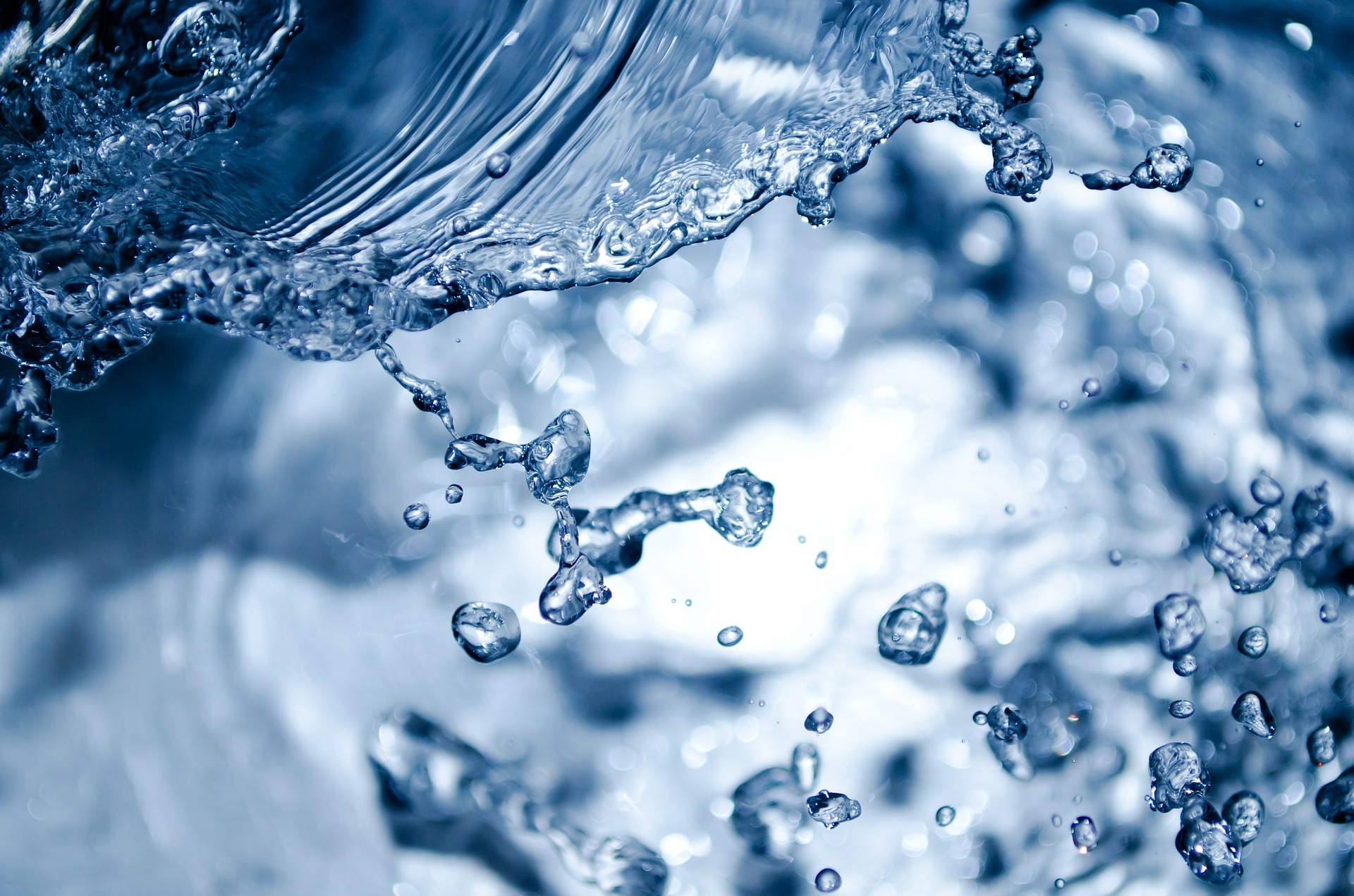

Preparándose para la Acción
June 6, 2013 | publication
Preparándose para la Acción: Una Guía Curricular para Lograr Justicia en el Transporte de Carga del Pacific Institute ha sido revisada siendo una importante herramienta de abogacía para construir el poder y la capacidad de comunidades para participar en la toma de decisiones en cuanto a temas del transporte de carga.

California Water Rates and the “New Normal”
June 6, 2013 | post
California is facing new challenges to sustainable water management, particularly when it comes to water rate-setting.
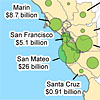
California Coastal Areas and Infrastructure Vulnerable to Flooding and Erosion
June 5, 2013 | publication
Downloadable PDF maps from our study that allow you to visualize the impacts of sea level rise on the California Coast.
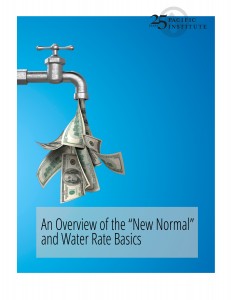
An Overview of the “New Normal” and Water Rate Basics
June 5, 2013 | publication
In the context of what is referred to as “the new normal”-- increasing costs to provide safe and reliable water supply amidst decreasing demand -- water service providers are facing new challenges in forecasting rates and preparing for future water demand.

Can Business Help Achieve Water-Related Sustainable Development Goals In a Post-2015 World?
May 30, 2013 | post
The answer is an emphatic, YES! In fact, given that the private sector accounts for the majority of global water use (when including both industrial water use and companies’ agriculture-based..

Desalination and Energy Use… Should We Pass the Salt?
May 28, 2013 | post
Long considered the Holy Grail of water supply, desalination offers the potential of an unlimited source of fresh water purified from the vast oceans of salt water that surround us.
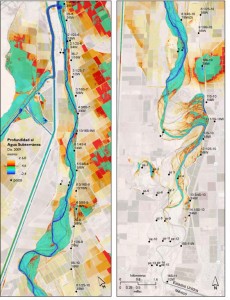
Dinámica del Agua Subterránea en el Tramo Limítrofe del Río Colorado
May 23, 2013 | publication
El Río Colorado, derivado y canalizado, así como intensivamente controlado, sólo en raras ocasiones (<10 por ciento de los días) lleva suficiente agua para fluir al menos 32 km más allá de la Presa Morelos, la última presa sobre el río, cerca de la frontera California/Arizona/Baja California.

Groundwater Dynamics in the Colorado River Limitrophe
May 23, 2013 | publication
The Colorado River, diverted and channelized and intensively managed, only rarely has enough water to flow even 20 miles past Morelos Dam, the last dam on the river, near the California/Arizona/Baja California border.
Page 44 of 58



